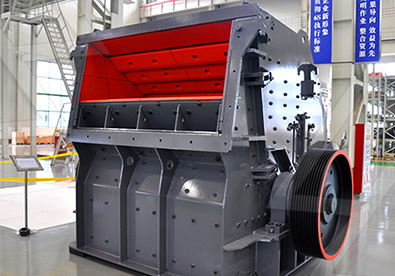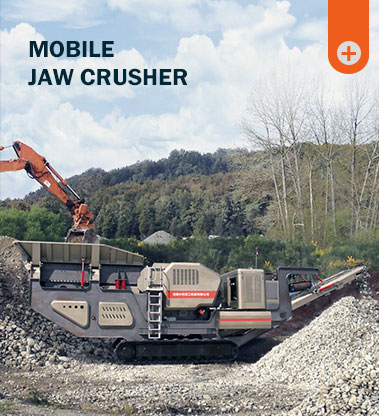An iron ore crushing and screening plant is a facility designed to process raw iron ore into smaller, more manageable sizes for further beneficiation or direct shipping. Here’s a breakdown of its key components and processes:
—
 1. Crushing Stages
1. Crushing Stages
Iron ore is typically hard and abrasive, requiring robust crushing equipment:
– Primary Crushing:
– Uses jaw crushers or gyratory crushers to reduce large lumps (up to 1.5m) to ~150–250mm.
– High-capacity and rugged design to handle abrasive ore.
– Secondary & Tertiary Crushing:
– Cone crushers or impact crushers further reduce size to ~10–30mm.
– May include a closed-circuit system with screens for recirculating oversized material.
—
2. Screening Process
Screens separate crushed ore into specific size fractions:
– Vibrating Screens:
– Classify ore into sizes (e.g., lump ore, fines, or pellets feed).
– Common screen types: banana screens, horizontal screens, or high-frequency screens.
– Scalping Screens:
– Remove undersized material before crushing to improve efficiency.
—
3. Key Equipment
– Crushers: Jaw, gyratory, cone, or HPGR (High-Pressure Grinding Rolls).
– Screens: Multi-deck vibrating screens for precise sizing.
– Conveyors: Belt conveyors transport ore between stages.
– Dust Control Systems: Bag filters or water sprays to suppress dust.
—
4. Flow Diagram Example
1. Run-of-Mine (ROM) Ore → Primary Crusher → Coarse Screening (+150mm recirculated).
2. Secondary Crusher → Fine Screening (e.g., 10–30mm for beneficiation).
3. Fines (<10 may bypass crushing for direct processing (e.g., pelletizing).
may bypass crushing for direct processing (e.g., pelletizing).
—
5. Design Considerations
– Ore Characteristics: Hardness (e.g., hematite vs. magnetite), moisture content, and abrasiveness influence equipment choice.
– Capacity: Ranges from 500 TPH (small plants) to >10,000 TPH (large-scale operations).
– Automation: Modern plants use PLC systems for real-time monitoring and optimization.
—
6. Applications
–





Leave a Reply